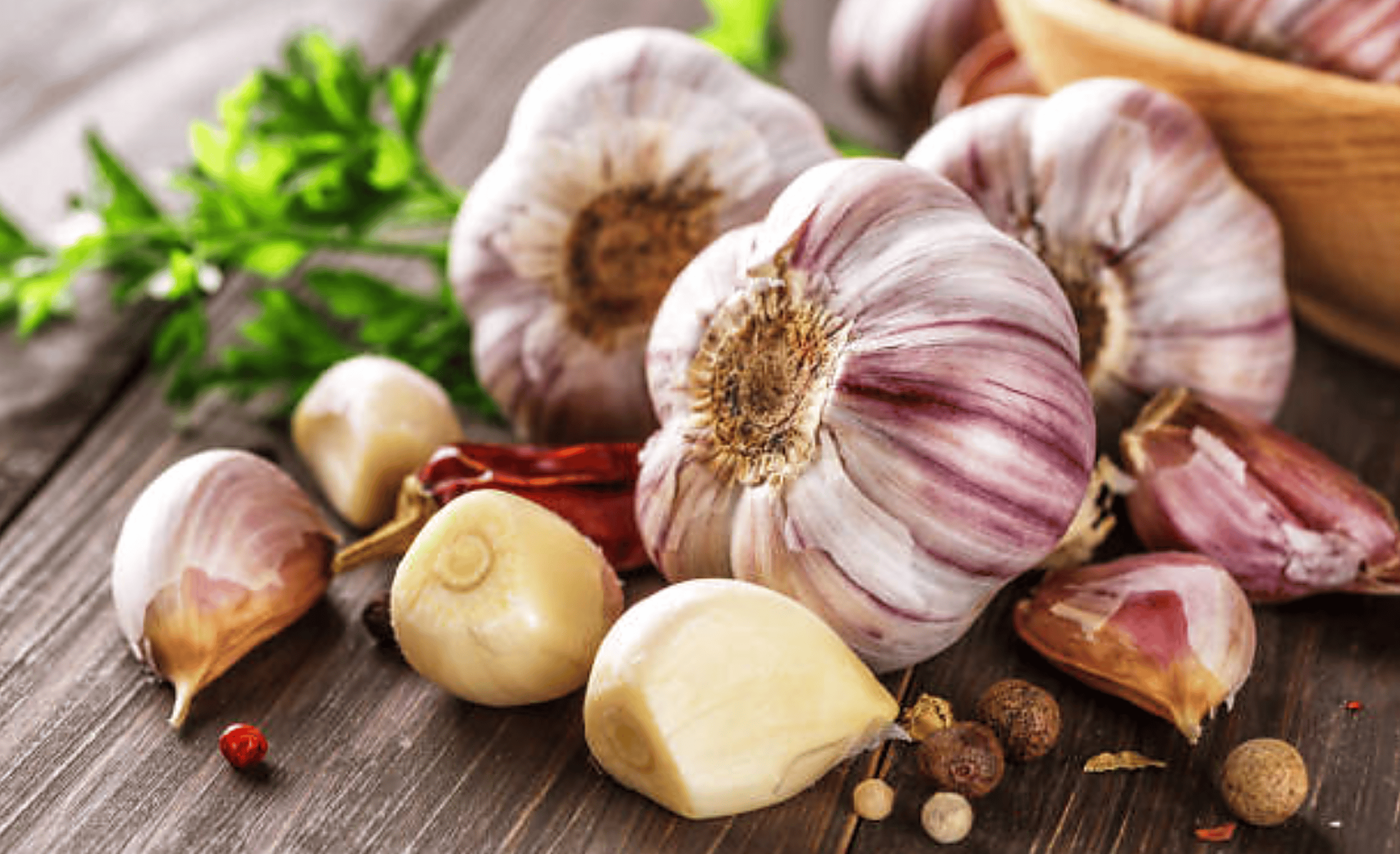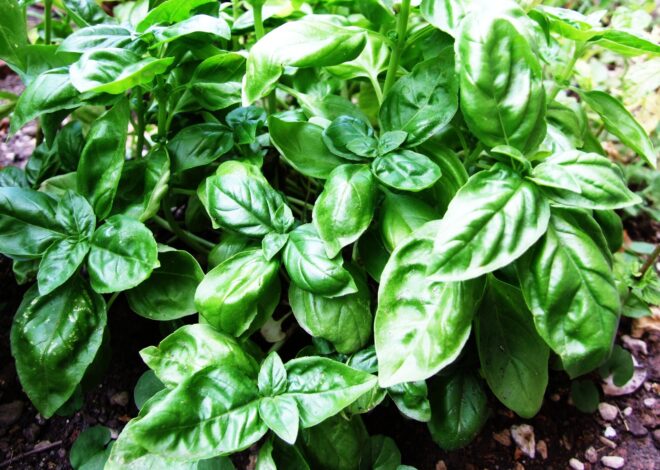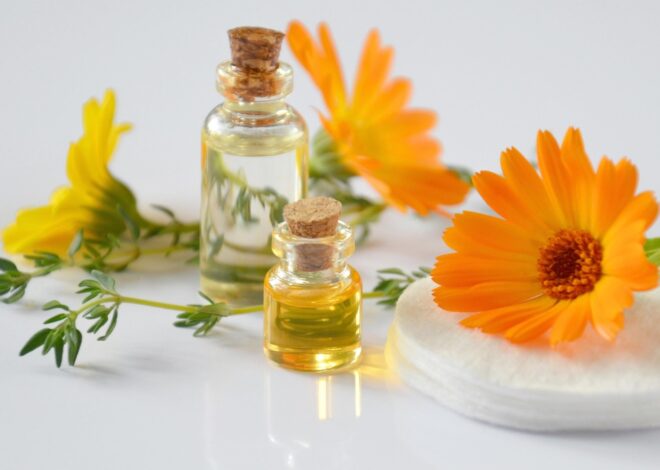
Medicinal Uses For Garlic
Whether you’re seeking natural remedies or looking to boost your overall well-being, understanding the medicinal uses for garlic can unlock a treasure trove of health potential right in your pantry. Garlic—it’s a kitchen staple loved for its bold flavor and aroma.
But did you know that this humble bulb has been revered for centuries as a powerful healing agent? From ancient civilizations to modern-day wellness enthusiasts, garlic’s medicinal uses have stood the test of time. Packed with nutrients and unique compounds, it offers an impressive array of health benefits that go far beyond just adding zest to your meals.
Join us as we dive into the fascinating world of garlic—exploring its history, health properties, and practical applications that may leave you eager to incorporate more of this wonder ingredient into your daily routine.
History of Garlic as a Healing Agent
Garlic has a rich history that stretches back thousands of years. Ancient civilizations revered it not just as a culinary staple but also for its healing properties. The Egyptians used garlic to boost strength and endurance, often providing it to laborers who built the pyramids.
In ancient Greece, Hippocrates recognized garlic’s medicinal potential. He prescribed it for various ailments, including respiratory issues and digestive problems. The Romans embraced garlic too, attributing protective qualities against diseases and even evil spirits. Throughout the Middle Ages, garlic was believed to ward off plagues.
Across cultures, from traditional Chinese medicine to Ayurvedic practices in India, garlic consistently appeared as a remedy for numerous health conditions—showcasing its importance in holistic approaches long before modern medicine took shape.
Medicinal Properties of Garlic
Garlic is more than just a flavor enhancer; it boasts an impressive array of medicinal properties. This humble bulb has been cherished for centuries, and modern science is beginning to understand why. One of the key benefits lies in its ability to boost the immune system.
Regular consumption can help fend off colds and infections, making it a staple during flu season. Garlic also possesses anti-inflammatory properties. It may assist in reducing inflammation within the body, which can be beneficial for conditions like arthritis or heart disease.
Moreover, garlic has been linked to improved cardiovascular health. By helping to lower blood pressure and cholesterol levels, it’s often recommended as part of a heart-healthy diet. Antioxidants found in garlic combat oxidative stress, supporting overall cellular health. These compounds play a role in protecting your body from damage caused by free radicals.
The Active Ingredient in Garlic: Allicin
Allicin is the powerhouse compound found in garlic, known for its distinctive aroma and numerous health benefits. When garlic is chopped or crushed, it releases this potent ingredient, transforming simple cloves into a medicinal marvel.
This sulfur-containing compound plays a crucial role in garlic’s antibacterial and antifungal properties. Allicin has been studied extensively for its ability to combat infections and support the immune system. Beyond fighting off pathogens, allicin contributes to heart health by promoting healthy blood circulation.
It helps lower cholesterol levels and can even reduce blood pressure. What sets allicin apart is its volatility; it remains active only briefly after being released. For maximum benefit, it’s best to consume freshly prepared garlic rather than pre-minced options sitting on store shelves.
Incorporating fresh garlic into your meals ensures you harness all that allicin has to offer while enjoying delicious flavors.
Health Benefits of Consuming Garlic
Garlic is more than just a flavorful addition to meals; it’s a powerhouse of health benefits. Regular consumption can boost your immune system, helping fend off colds and infections. Rich in antioxidants, garlic combats oxidative stress and reduces inflammation.
This makes it beneficial for heart health by lowering blood pressure and cholesterol levels. Additionally, garlic has been linked to improved digestion. It encourages the growth of good bacteria in the gut while acting as a natural remedy for issues like bloating and gas.
For those looking to manage weight, garlic may aid metabolic processes. Its compounds help regulate appetite while promoting fat burning. Athletes often embrace garlic too. Some studies suggest that it enhances exercise performance by increasing endurance levels.
Incorporating this versatile ingredient into your diet can lead to significant wellness improvements without any drastic lifestyle changes.
Common Uses for Garlic in Traditional Medicine
Garlic has long been cherished in traditional medicine across various cultures. Ancient Egyptians used it to boost endurance and vitality, believing it enhanced physical performance. In Ayurveda, garlic is considered a powerful tonic. It’s often prescribed for respiratory issues and digestive problems.
The warming properties of garlic make it a go-to remedy for colds and flu. Traditional Chinese Medicine (TCM) also values garlic highly. It’s utilized to expel toxins from the body and improve blood circulation. Garlic is believed to support overall immune function, making it a staple during seasonal illnesses.
Throughout history, many cultures applied garlic topically as well. It was used on wounds for its antibacterial properties, helping prevent infections before modern medicine emerged. Today, these age-old practices continue to inspire natural health enthusiasts who seek holistic approaches to wellness through this pungent bulb.
Practical Uses for Garlic in Everyday Life
Garlic isn’t just a powerhouse of health benefits; it’s also incredibly versatile in daily living. One simple way to use garlic is by incorporating it into your cooking. Its robust flavor can enhance everything from pasta dishes to salad dressings.
Garlic can also serve as a natural pest repellent. Mixing crushed garlic with water creates an effective spray that can deter unwanted insects in your garden without harmful chemicals. For those who love DIY solutions, garlic-infused oil is easy to make and offers numerous culinary applications.
It adds depth to dips or marinades while providing the added kick of medicinal properties. Don’t forget about its potential for boosting immune health during cold seasons. Consuming raw garlic or adding it to broths may help ward off illness naturally, giving you that extra defense when you need it most.
Precautions and Potential Side Effects
While garlic is celebrated for its health benefits, it’s important to approach its use with care. Some individuals may experience digestive issues like bloating or gas when consuming raw garlic. Cooking can often mitigate these effects. Garlic can also interact with certain medications, particularly blood thinners.
If you’re on anticoagulants, consult your doctor before increasing your garlic intake. For those with allergies, symptoms could range from mild irritation to severe reactions. A patch test is advisable if trying topical applications that include garlic.
Pregnant and breastfeeding women should be cautious as well. High doses are not recommended during pregnancy due to potential complications. Excessive consumption might lead to bad breath or body odor—an unfortunate trade-off for some of its powerful properties! Always listen to your body and adjust accordingly.
Scientific Evidence Supporting the Medicinal Use of Garlic
Numerous studies highlight garlic’s potential as a natural remedy. Research has consistently shown its ability to lower blood pressure, reduce cholesterol levels, and improve heart health. One study published in the Journal of Nutrition found that aged garlic extract significantly reduced arterial stiffness in patients with high blood pressure.
This suggests that it could play a role in cardiovascular health improvement. Moreover, garlic’s antimicrobial properties have been well-documented. A review in the Journal of Antimicrobial Chemotherapy noted its effectiveness against various strains of bacteria and viruses.
Additionally, some research indicates that garlic may enhance immune function. A clinical trial revealed that participants who consumed garlic supplements experienced fewer colds compared to those on a placebo. These findings offer compelling evidence for incorporating this potent bulb into your diet for overall wellness benefits.
Recipes and Remedies Using Garlic
Garlic is a versatile ingredient that can elevate both the flavor and health benefits of many dishes. One popular remedy is garlic-infused honey. Simply combine crushed garlic cloves with raw honey, let it steep for a few days, and enjoy it as a natural cough suppressant or immune booster.
For those seeking digestive relief, try making garlic tea. Boil water and add minced garlic along with lemon juice and honey for an enjoyable drink that aids digestion while offering antibacterial properties. In cooking, roasted garlic adds depth to any meal. Wrap whole bulbs in foil, drizzle with olive oil, and roast until soft for a creamy spread that’s perfect on toast or pasta.
A classic dish like pesto gets an extra health kick when you blend fresh basil with garlic, nuts, Parmesan cheese, and olive oil. This sauce not only tastes great but also harnesses the medicinal power of its key ingredient.
Other Uses for Garlic Beyond Medicine
Garlic is not just a powerhouse of health benefits; it also shines in other areas of everyday life. One fascinating use is its application in the kitchen. Garlic enhances flavor, adding depth to countless dishes—from savory sauces to aromatic roasted vegetables.
Beyond cooking, garlic acts as a natural insect repellent. Its strong scent can deter pests like mosquitoes and ants, making it an eco-friendly option for outdoor gatherings. In gardening, crushed garlic can be used as a natural fungicide or pesticide.
It helps protect plants from harmful insects while promoting healthy growth. Additionally, garlic has been utilized as a cleaning agent due to its antibacterial properties. Infusing vinegar with garlic creates an effective cleaner that smells fresh and works well on various surfaces.
Some cultures use garlic in rituals and folklore for protection against evil spirits. This adds an intriguing layer to its historical significance beyond medicinal uses.
Conclusion: Incorporating Garlic into Your Wellness Routine
Garlic is more than just a flavorful ingredient in your meals; it holds a treasure trove of medicinal benefits that can enhance your overall well-being. By recognizing the historical significance and embracing the active compounds found in garlic, you can unlock its potential as a powerful ally in maintaining health.
Incorporating garlic into your daily routine can be simple and enjoyable. Whether added to soups, salads, or stir-fries, its unique flavor complements various dishes while providing numerous health advantages. Consider using fresh garlic when possible to maximize allicin content and reaping its benefits.
Experimenting with different forms of garlic—raw, roasted, or even infused oils—can keep things exciting. You might also explore traditional remedies that utilize this potent bulb for specific ailments. As you integrate garlic into your wellness regimen, listen to how your body responds and adjust accordingly.
With mindfulness about dosages and preparation methods, you can make the most out of this natural remedy while savoring its distinctive taste. Embracing garlic doesn’t have to be complex; it’s about finding what works best for you while enjoying all it has to offer on both culinary and medicinal fronts.




i grow a variety of herbs and garlic and would want to experiment with them in food and medicinal uses
That’s great! That’s a good way to eat and stay healthy.
Best Wishes Anthony!
